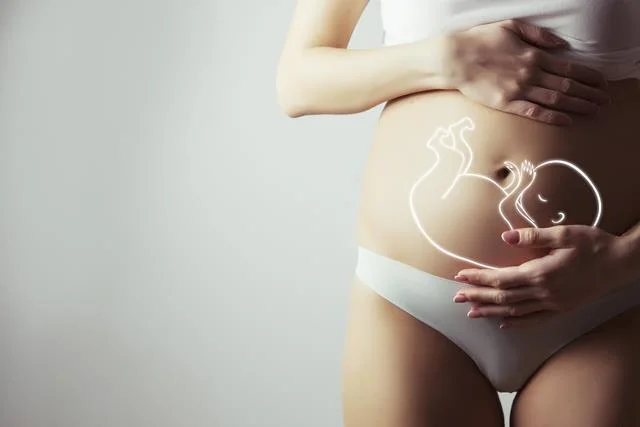An empty follicle, also known as an empty foetal egg, is a condition in which an embryo does not develop despite being pregnant. Fortunately, the diagnosis does not affect subsequent successful efforts to have a baby. Learn how an empty egg diagnosis is treated.
An empty follicle – what does it mean?
An empty foetal egg or an empty gestational follicle is called an “empty sack” in English. Despite the growth of the gestational follicle, no embryo appears in it or it is absorbed at a very early stage of pregnancy. The detection of an empty ovum in the ultrasound is synonymous with the failure of the pregnancy and the impossibility of further normal development. If a spontaneous miscarriage does not occur, it is necessary to induce a miscarriage with pharmacological means or to perform a so-called ” scraping “.
Empty pregnancy follicle – Causes
Miscarriages in early pregnancy are very common and it is estimated that up to 50% of early pregnancies have a miscarriage. The miscarriage often occurs before the woman realises she is pregnant.
An empty foetal egg can result from genetic abnormalities, chromosomal abnormalities and errors in cell division. In repeated miscarriages, doctors look for causes such as uterine defects, autoimmune diseases or thrombophilia. Diagnoses are most often made when this situation is repeated. A miscarriage or the one-time diagnosis of an empty pregnancy follicle does not require further special diagnostics in most cases. The older the woman is and the higher her body weight, the higher the risk of pregnancy loss.
Empty pregnancy follicle – symptoms
An empty foetal egg can cause the same symptoms as a normal pregnancy. The woman may experience breast tenderness, nausea or excessive fatigue. Menstruation is also absent and a pregnancy test is positive. The diagnosis of an empty pregnancy follicle is often only made in the ultrasound specialist’s office, who may not be able to see the embryo at later visits. Some women may experience spotting or bleeding from the genital area and abdominal pain.
Empty pregnancy follicle – procedure
The diagnosis of a properly developed pregnancy with the correct position must always be made by the gynaecologist by means of an ultrasound examination. Only then can he also suspect abnormalities in the development of the embryo. If no embryo is visible despite the presence of a pregnancy follicle, a new examination is usually recommended after about 7-10 days. If the ultrasound image at the next visit is the same as before, this means that the pregnancy is not developing properly. In the case of a spontaneous abortion of an empty egg, a beta-HCG test is required after about four weeks, and if the concentration is negative, you can try to get pregnant again. If, on the other hand, the woman does not show any symptoms of miscarriage, induction is required. This is possible with pharmacotherapy or by curettage. The latter method requires about three months of abstinence from further attempts to become pregnant.
It should be remembered that the diagnosis of an empty foetal egg does not mean that the situation will be repeated in subsequent pregnancies. In most cases, the causes of miscarriage are random and result from abnormal cell divisions, which means that this cannot be influenced in any way. However, it is important to maintain a healthy lifestyle, avoid stimulants during periconception and try to maintain a healthy body weight.










